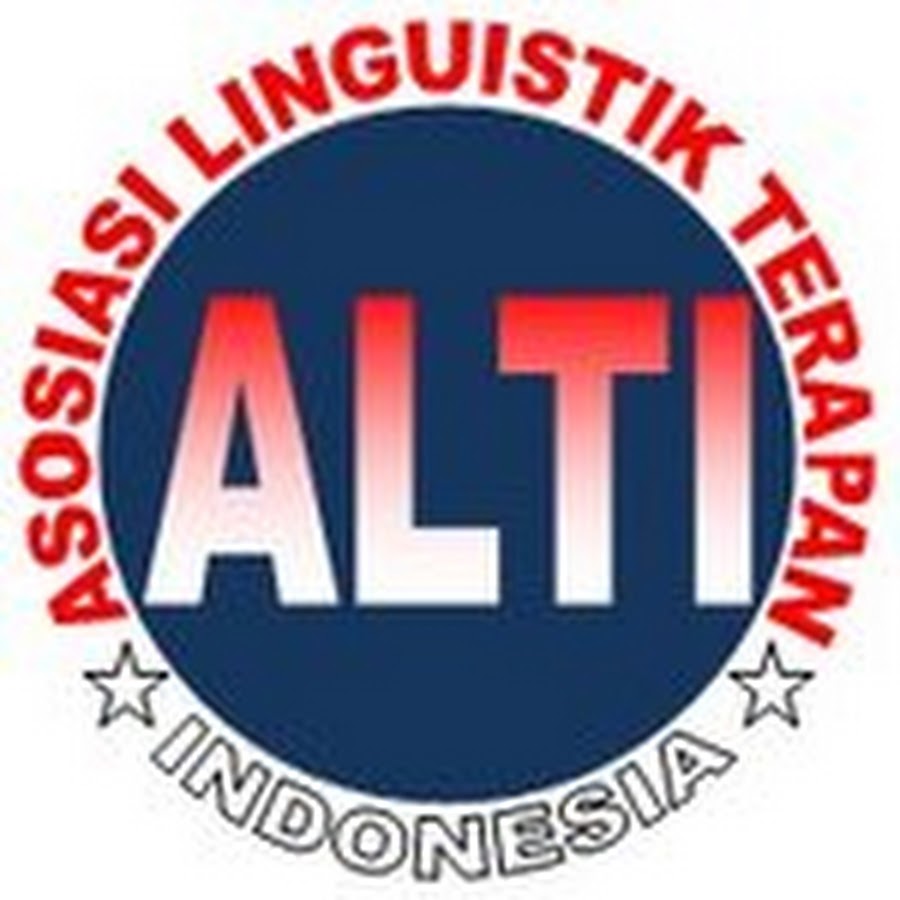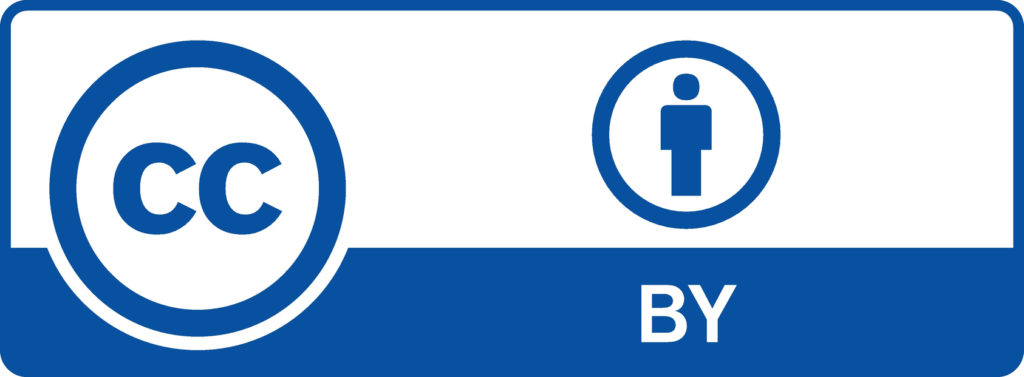Unpacking Taboo Words in Game Chats: A Content Analysis of MLBB Games
DOI:
https://doi.org/10.33096/tamaddun.v21i2.162Keywords:
Taboo Words, In-Game Chats, MLBB GamesAbstract
This research attempted to explore the types of taboo expressions in the MLBB game chat and ascertain the reaction to the taboo words adopted in the MLBB game chat. The Qualitative Content Analysis Method was applied in this study. The researcher interviewed three MLBB game players and took screenshots of their in-game chat comments in order to gather the data. The results demonstrate that while not all MLBB players adopt the types of taboo language, there was one player who exclusively utilized it. The category with the greatest data is vulgar terms, with 32 words or 40% of the total; the second category is epithets and obscenity, with 22 words or 27.5% of the total; and the third category is profanity, with just 4 words or 5% of the total. Factors that contribute to players employing taboo words in MLBB games include their desire to draw attention, insult teammates or enemies, and provoke opponents to make the game exciting. Upon insulting and provoking their opponents, players feel relieved and pleased because their emotions were let out in the game. Subsequently, the findings have significant ramifications for enhancing learners' awareness of taboo language and contributing to the advancement of linguistic disciplines.
References
Affini, L. N. (2017). Analisis Kata Tabu dan Klasifikasinya di Lirik Lagu Eminem pada Album The Marshal Mathers LP. Kajian Kebahasaan, Kesustraan Dan Budaya, 7, 93–112.
Akram, W., & Kumar, R. (2017). A Study on Positive and Negative Effects of Social Media on Society. International Journal of Computer Sciences and Engineering, 5(10), 351–354. https://doi.org/10.26438/ijcse/v5i10.351354
Alzahrani, A. I., Mahmud, I., Ramayah, T., Alfarraj, O., & Alalwan, N. (2016). Extending The Theory of Planned Behavior (TPB) to Explain Online Game playing Among Malaysian Undergraduate Students. Telematics and Informatics, 34(4), 1–29. https://doi.org/10.1016/j.tele.2016.07.001
Association, A. P. (2020). Publication Manual of The American Psychological Sssosiation 2020. American Psychological Association.
Battistella, E. L. (2005). Bad Language: Are Some Words Better than Others? In Bad Language: Are Some Words Better than Others? (Vol. 6, Issue 2). Oxford University Press. https://doi.org/10.1093/acprof:oso/9780195172485.001.0001
Bengtsson, M. (2016). How to Plan and Perform A Qualitative Study Using content Analysis. NursingPlus Open, 2, 8–14. https://doi.org/10.1016/j.npls.2016.01.001
Burridge, K. A. and K. (2006). Forbidden Words Taboo and the Censoring of Language. Cambridge University Press.
Callois, R. (2001). Man, Play and Games (U. and Chicago (ed.)). University of IIIinois Press.
Costikyan, G. (2002). I Have No Words & I Must Design: Toward a Critical Vocabulary for Games. Computer Games and Digital Cultures Conference, 9–33. http://scholar.google.com/scholar?hl=en&btnG=Search&q=intitle:I+Have+No+Words+&+I+Must+Design+:+Toward+a+Critical+Vocabulary+for+Games#0%5Cnhttp://andrey.savelyev.2009.homepage.auditory.ru/2006/Ivan.Ignatyev/DiGRA/I Have No Words & I Must Design_Toward a
Dempsey, J. V., Haynes, L. L., Lucassen, B. A., & Casey, M. S. (2002). Forty Simple Computer Games and What They Could Mean to Educators. Simulation & Gaming, 33(2), 157–168. https://doi.org/10.1177/1046878102033002003
Djakasaputra, A., Wijaya, O. Y. A., Utama, A. S., Yohana, C., Romadhoni, B., & Fahlevi, M. (2021). Empirical Study of Indonesian SMEs Sales Performance in Digital Era: The Role of Quality Service and Digital Marketing. International Journal of Data and Network Science, 5(3), 303–310. https://doi.org/10.5267/j.ijdns.2021.6.003
Dr. Umar Sidiq, M.Ag Dr. Moh. Miftachul Choiri, M. (2019). Metode Penelitian Kualitatif di Bidang Pendidikan. In M. A. Dr. Anwar Mujahidin (Ed.), Journal of Chemical Information and Modeling (1st ed., Vol. 53, Issue 9). CV. Nata Karya. http://repository.iainponorogo.ac.id/484/1/METODE PENELITIAN KUALITATIF DI BIDANG PENDIDIKAN.pdf
Fairman, C. M. (2009). Fuck Word Taboo and Protecting Our First Amendment Liberties. In Sphinx Publishing. Taylor & Francis Group.
Fajri Megika, Syarif, Hermawati, F. (2018). The Comparison of Taboo Words and Swearwords Used by Men and Women of Suku Anak Dalam in Desa Balai Rajo. E-Journal of English Language & Literature, 7(4), 473–480.
Freud, S. (2012). Totem and Taboo (R. and K. Paul (ed.)). Taylor and Francis Group.
Gao, C. (2013). A sociolinguistic study of English Taboo language. Theory and Practice in Language Studies, 3(12), 2310–2314. https://doi.org/10.4304/tpls.3.12.2310-2314
Holmes, J. (2013). An Introduction to Sociolinguistic (4th ed.). Routledge.
Isba, R., Woolf, K., & Hanneman, R. (2017). What Can We Do ? Social Network Analysis in Medical Education. Medical Education, 81–88. https://doi.org/10.1111/medu.13152
Kishimoto, R. T., Prasetyo, Y. T., Persada, S. F., & Perwira Redi, A. A. N. (2021). Filipino Generation Z on Mobile Legends During Covid-19: A Determination of Playtime and Satisfaction. International Journal of Information and Education Technology, 11(8), 381–386. https://doi.org/10.18178/ijiet.2021.11.8.1538
Krippendorff, K. (2004). Content Analysis An Introduction to Its Methodology. In Physical Review B (2nd ed., Vol. 31, Issue 6). Sage Publication. https://doi.org/10.1103/PhysRevB.31.3460
Lengkoan, F., Andries, F. A., & Tatipang, D. P. (2022). a Study on Listening Problems Faced By Students of Higher Education. Globish: An English-Indonesian Journal for English, Education, and Culture, 11(1), 41. https://doi.org/10.31000/globish.v11i1.5106
Liando, N. V. F., Mangare, A. R. D., & Olii, S. T. (2021). Using Bright–English for Beginners Application to Enrich Students’ Vocabulary. Jurnal Pendidikan Bahasa Inggris Undiksha, 9(3), 290. https://doi.org/10.23887/jpbi.v9i3.39126
M. Sofyan Al Farisi, Adi, E. S. A. (2019). A Sociolinguistics Analysis of Taboo Words. 2(2), 146–155. http://ejurnal.budiutomomalang.ac.id/index.php/journey
Martono, K. T. (2015). Pengembangan Game Dengan Menggunakan Game Engine Game Maker. Jurnal Sistem Komputer, 5(1), 23–30.
Mawalia, K. Al. (2020). The Impact of The Mobile Legend Game in Creating Virtual Reality. Indonesian Journal of Social Sciences, 12(2), 49–61. https://doi.org/10.20473/ijss.v12i2.22908
Meyerhoff, M. (2018). Introducing sociolinguistics. In Introducing Sociolinguistics (3rd ed.). Taylor & Francis Group. https://doi.org/10.4324/9780429507922
Moleong, P. . D. L. J. (2005). Metodologi Penelitian Kualitatif. Remaja Rosadakarya.
Mora-cantallops, M., & Sicilia, M.-ángel. (2018). MOBA Games : A Literature Review. 26(February 2017), 128–138. https://doi.org/10.1016/j.entcom.2018.02.005
Mustafa Tajgozari, R. S. (2018). Iranian Adult Speakers’ Perceptions toward Linguistic Taboos and Euphemisms in Iranian Society: A Sociolinguistic view. 3(4), 33–46. https://doi.org/10.22046/LA.2018.21
Prensky, M. (2001). Fun , Play and Games : What Makes Games Engaging. Digital Game-Based Learning, 1–31. http://www.autzones.com/din6000/textes/semaine13/Prensky(2001).pdf
Purkiss, B., & Khaliq, I. (2016). A Study of Interaction in Idle Games & Perceptions On The Definition of A Game. 2015 IEEE Games Entertainment Media Conference, GEM 2015. https://doi.org/10.1109/GEM.2015.7377233
Sari, K. W., Saputro, s., & hastuti, B. (2014). Pengembangan Game Edukasi Kimia Berbasis Role Playing Game (RPG) Pada Materi Struktur Atom Sebagai Media Pembelajaran Mandiri Untuk Sisa Kelas X Sma di Kabupaten purworejo. Jurnal Pendidikan Kimia, 3(2), 96–104.
Sugiyono, P. D. (2011). Metode Penelitian Pendidikan (Pendekatan Kuantitaif, Kualitatif, dan R&D). Alfabeta, cv.
Sunarto, S. A., Wulandari, C., & Hartanto, E. (2019). Communication Meaning in The Community Online Mobile Legends Based on Depok Players Realities. International Journal of Multicultural and Multireligious Understanding, 6(4), 43–48. http://ijmmu.com
Sutaman. (2017). Tabu Bahasa & Eufemisme (T. Nur’aini (ed.)). Yuma Pustaka.
Sutiyatno, S. (2018). The Effect of Teacher’s Verbal Communication and Non-verbal Communication on Students’ English Achievement. Journal of Language Teaching and Research, 9(2), 430. https://doi.org/10.17507/jltr.0902.28
T. Baranowski, R. Buday, FAIA, D. I. Thompson, and J. B. (2008). Playing for Real: Video Game and Stories for Health-Related Behavior Change. Am J Prev Med, 34(1), 74–82.
Tri Indah Rezeki, R. W. S. (2019). Types of Slang Sociolinguistics. 3.
University, O. (2022, March). Oxford Learner Dictionary. Retrieved from Oxfordlearnerdictionaries.com: https://www.oxfordlearnersdictionaries.com/
Wardhaugh, R. (2006). An Introduction to Sociolinguistic Fifth Edition. New Jersey: Blackwell Publishing Ltd
Downloads
Published
Issue
Section
License
Authors who publish with Tamaddun journal agree to the following terms:
1. Authors retain the copyright and grant Tamaddun the right of first publication. The work will be licensed under a Creative Commons Attribution License (CC BY 4.0), which permits others to share the work with proper acknowledgment of the authorship and initial publication in this journal.
2. Authors may enter into additional non-exclusive agreements for the distribution of the published version of their work (e.g., posting it to an institutional repository or including it in a book), provided that the initial publication in this journal is acknowledged.
3. Authors are encouraged to post their work online (e.g., in institutional repositories or on their personal websites) before and during the submission process. This can lead to productive exchanges and increase the visibility and citation of the published work.






